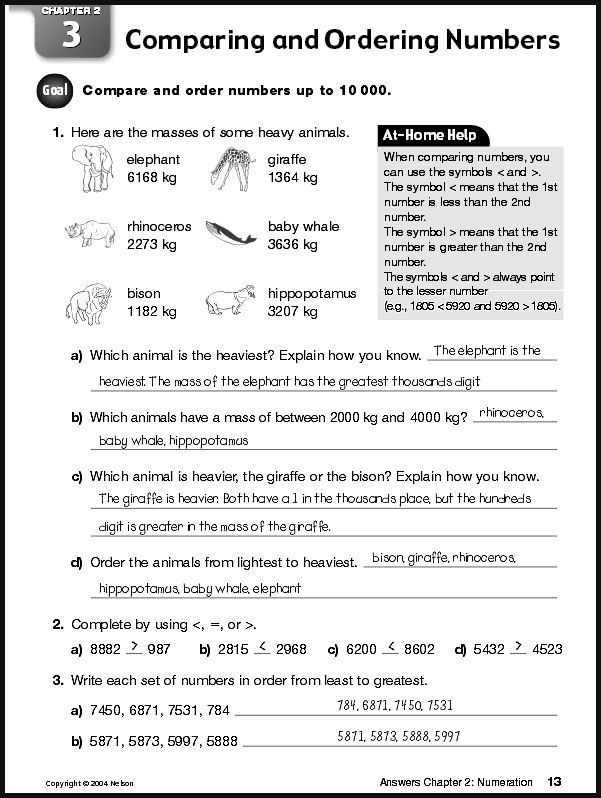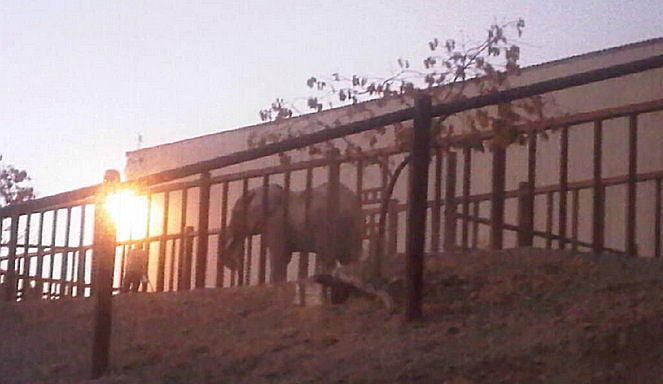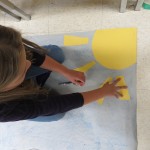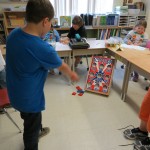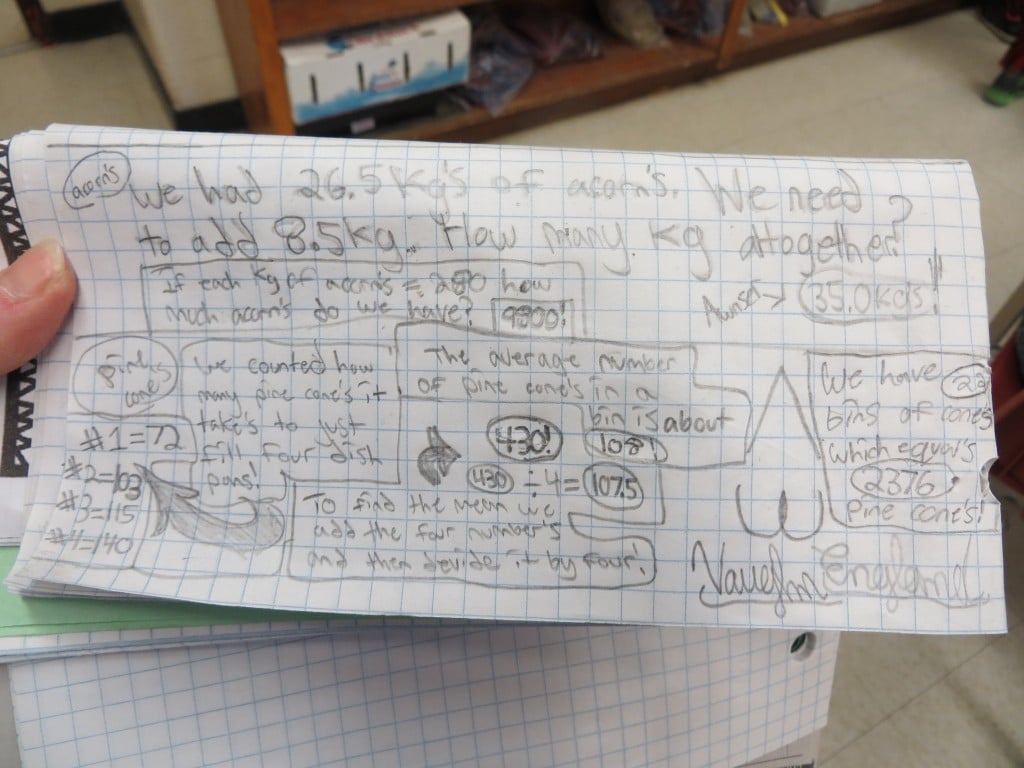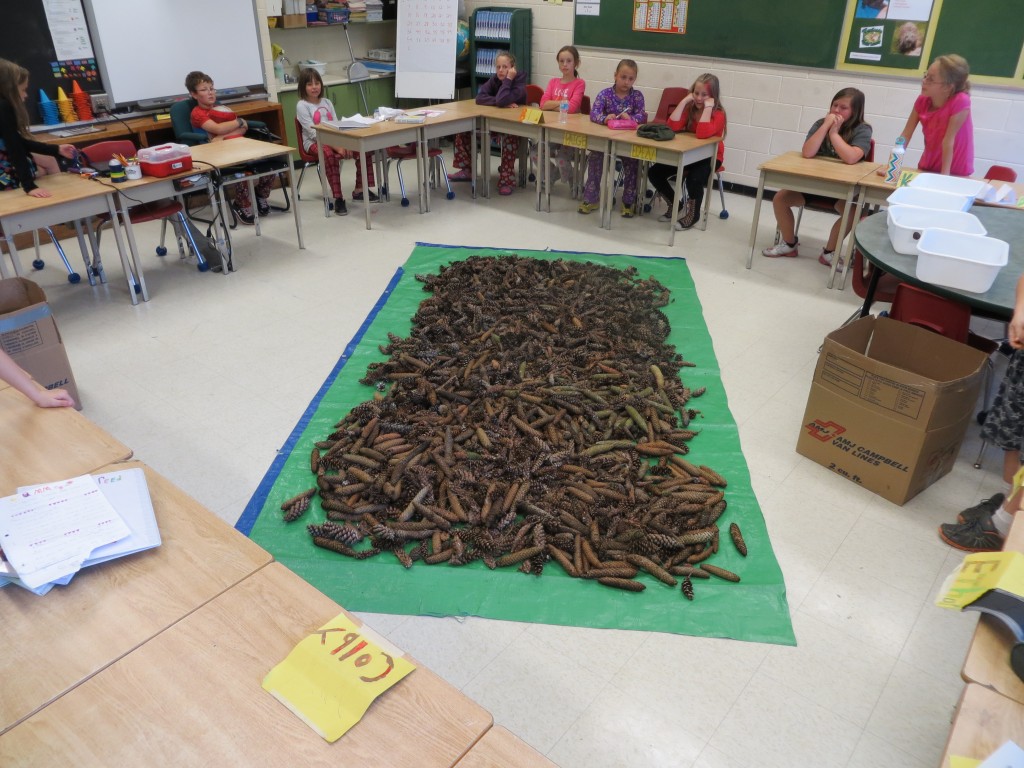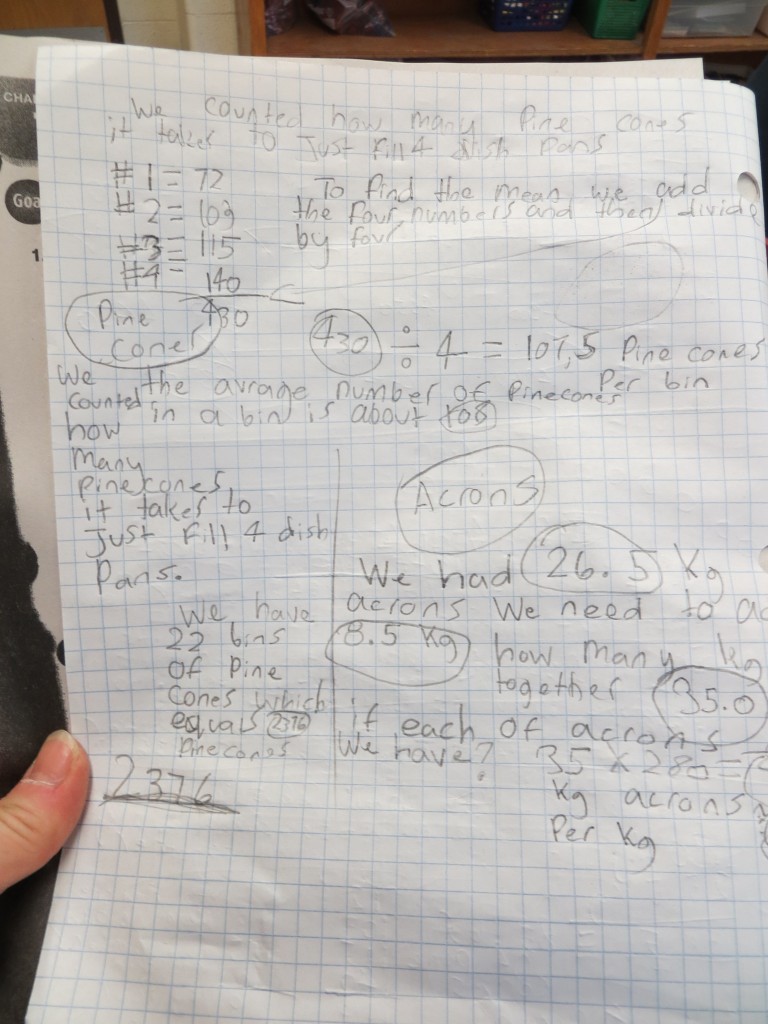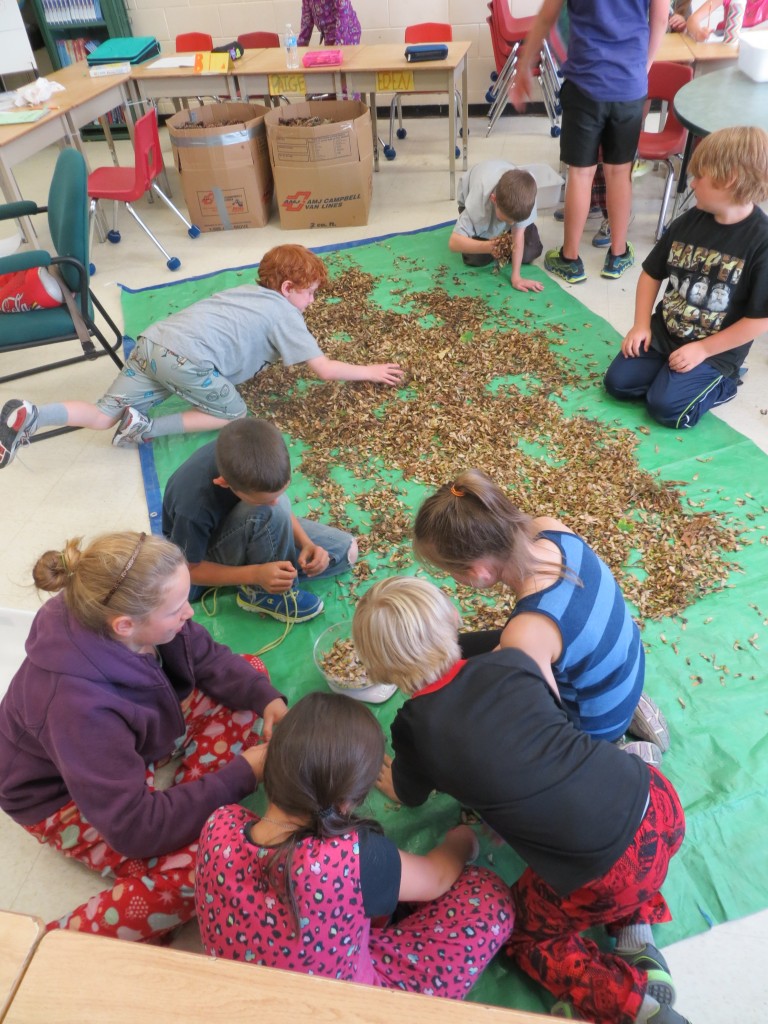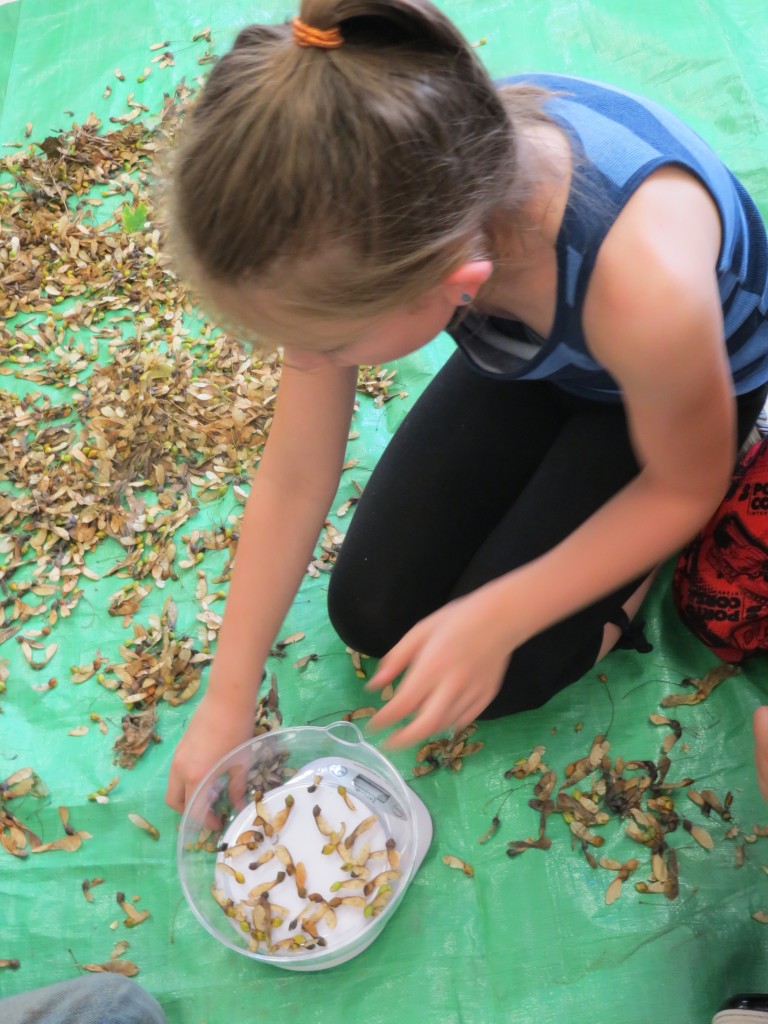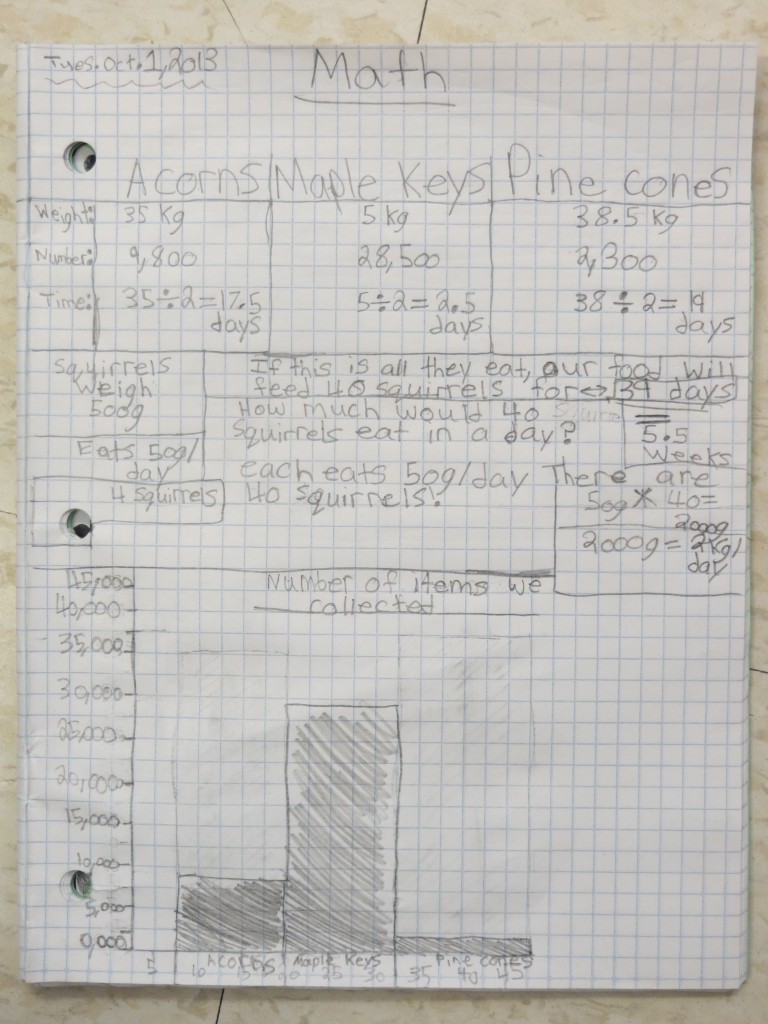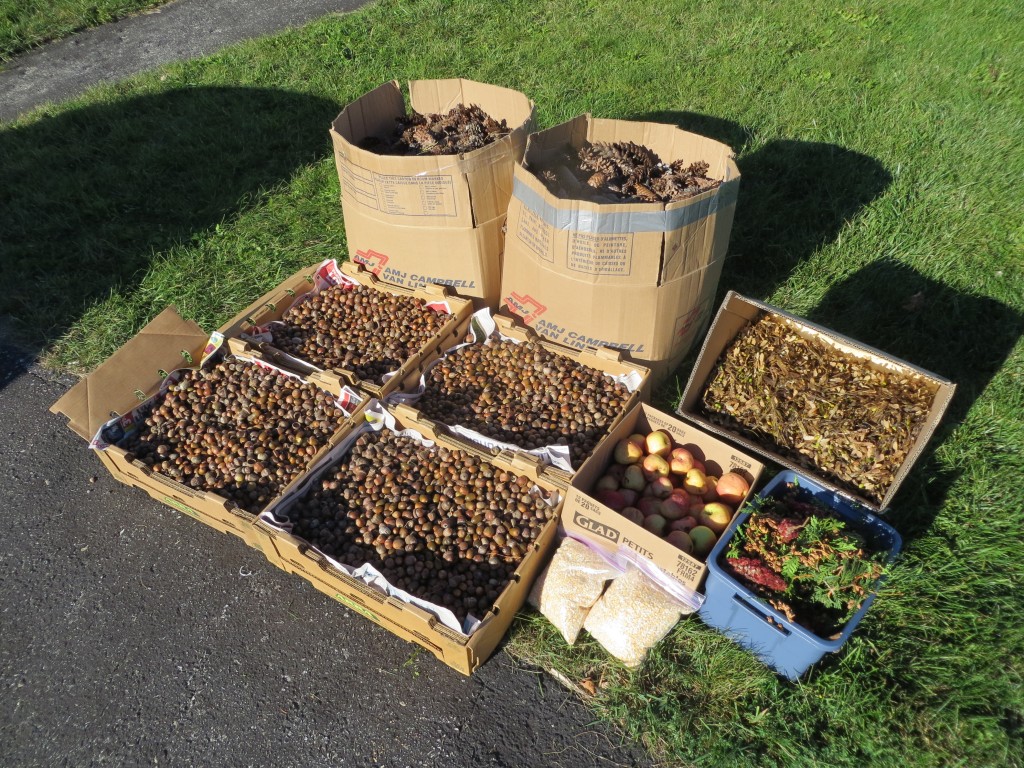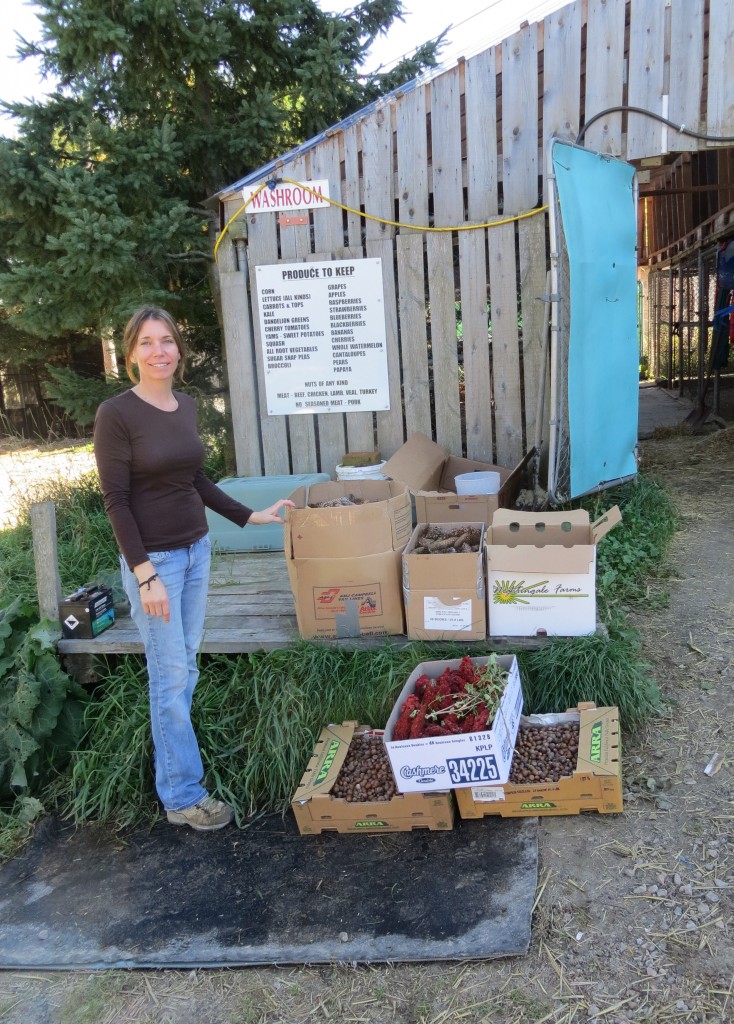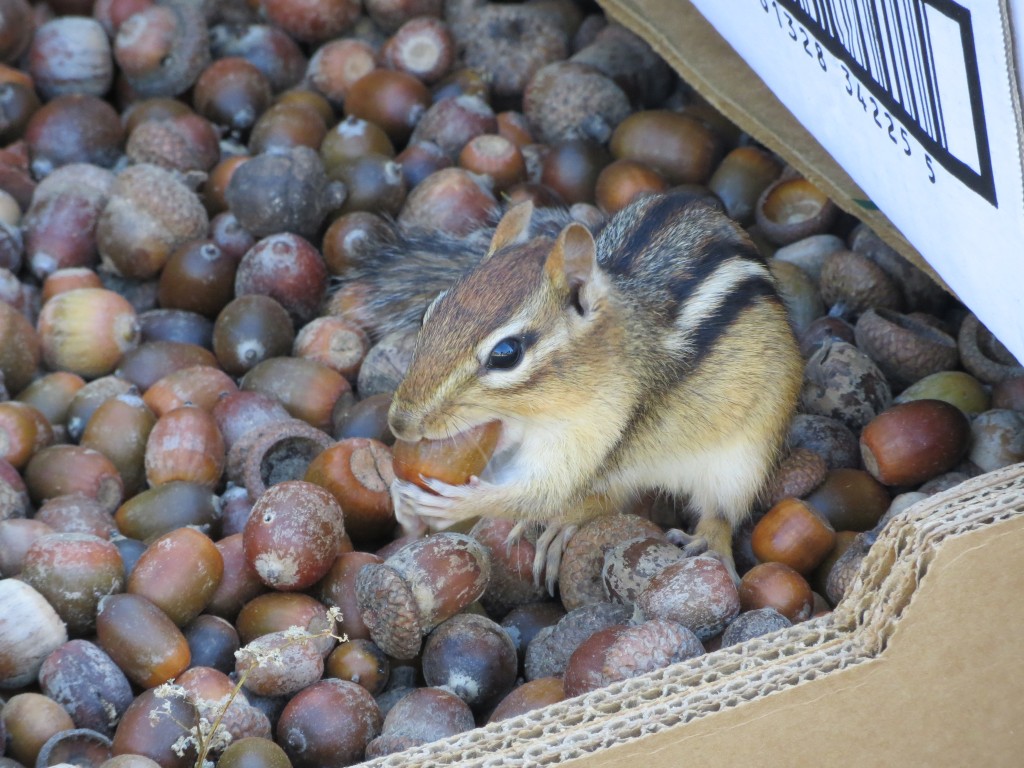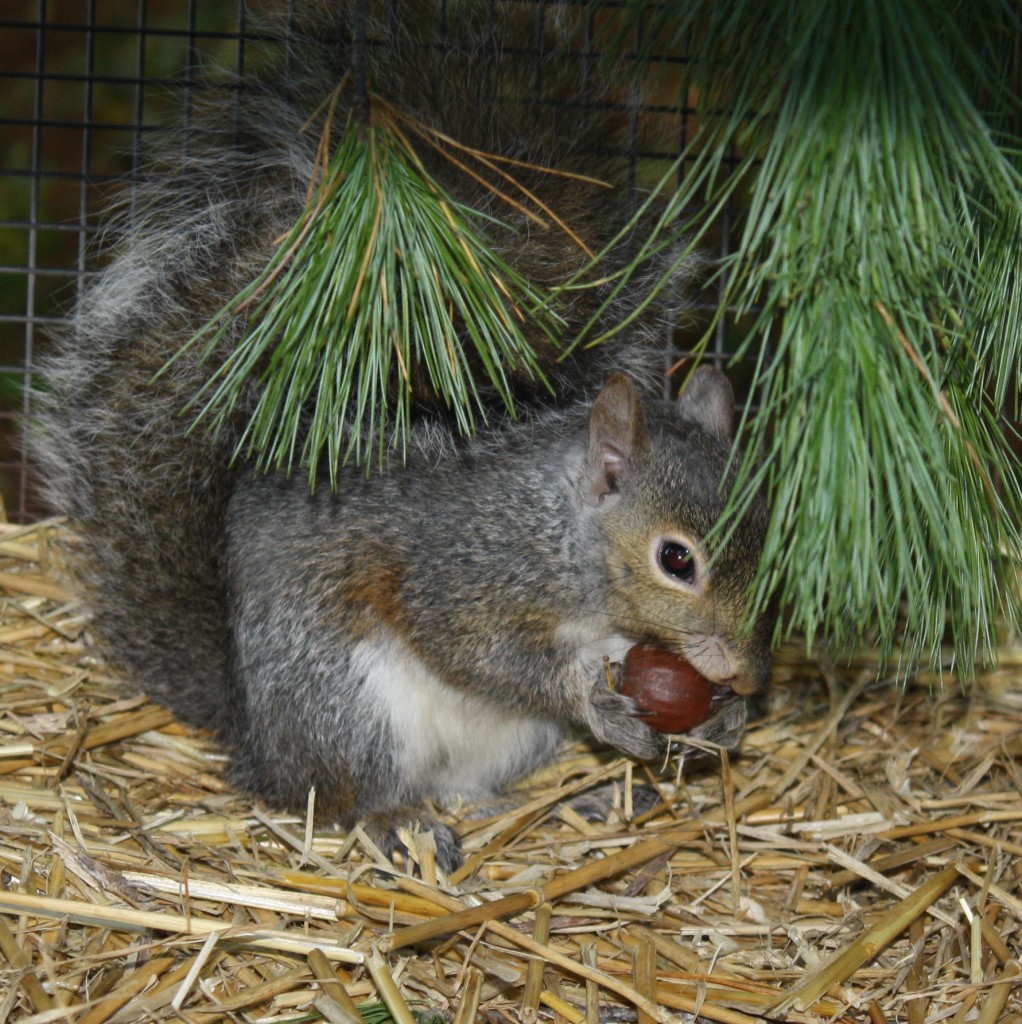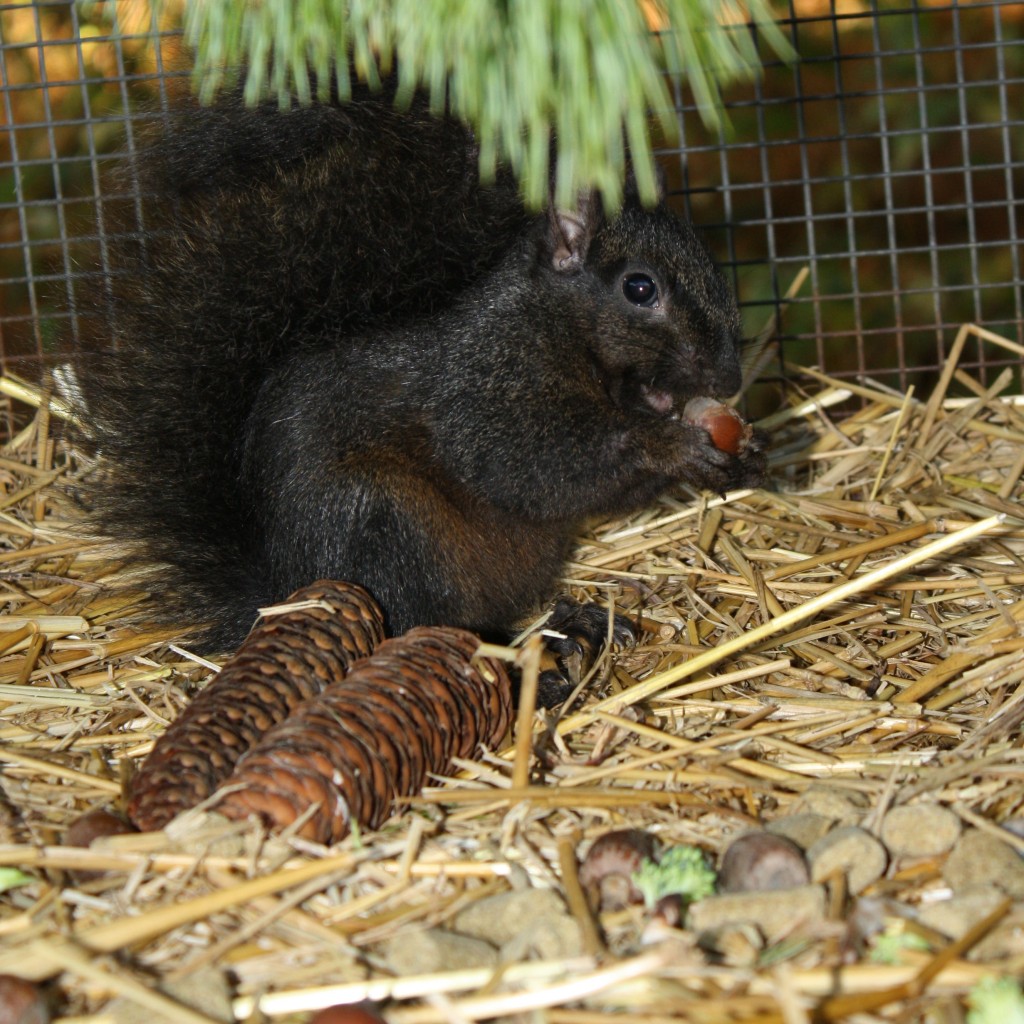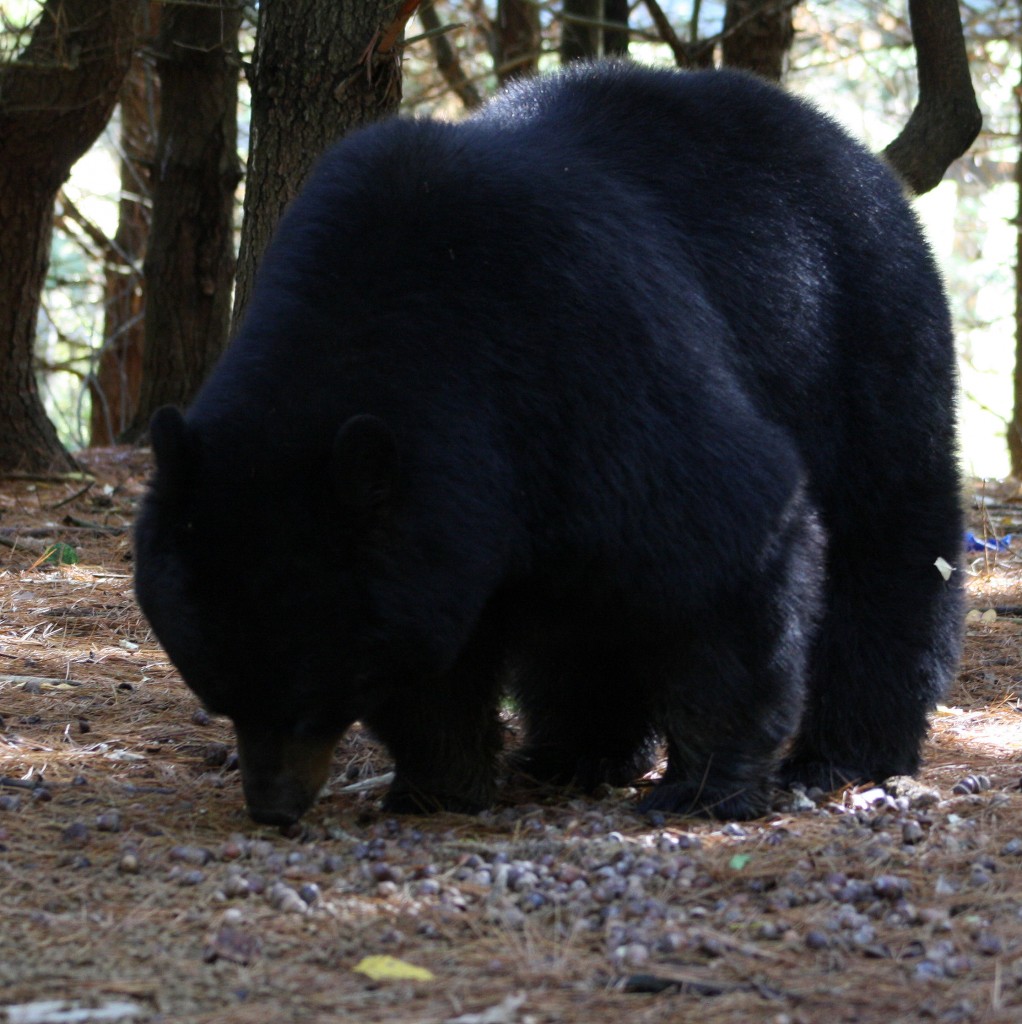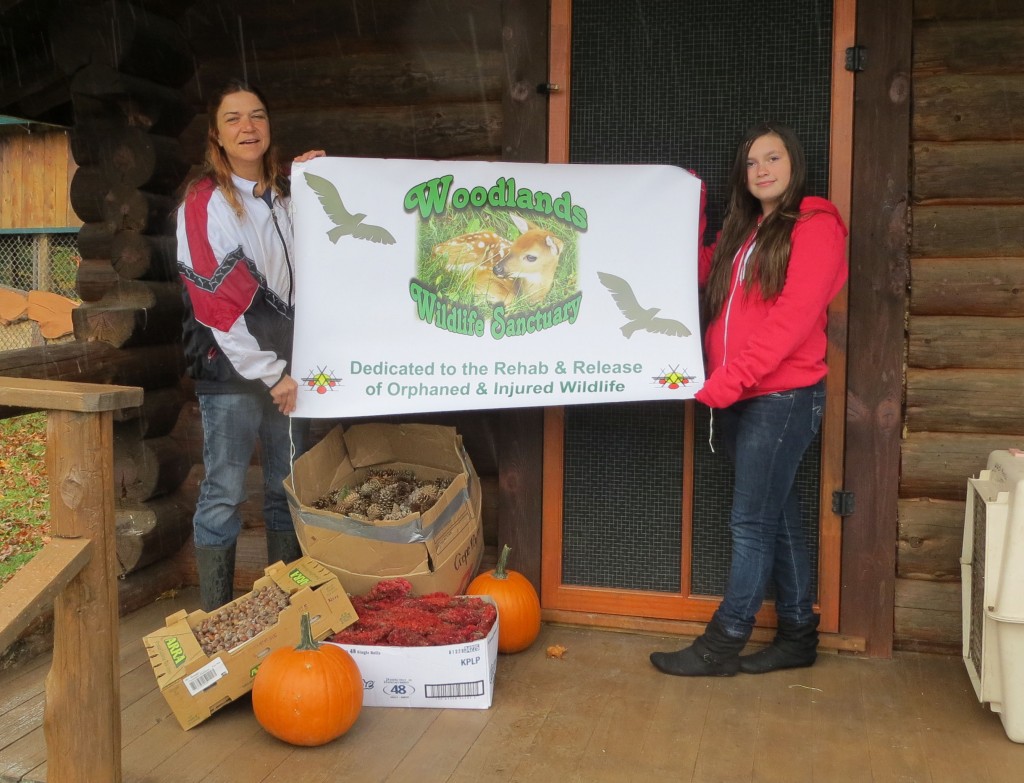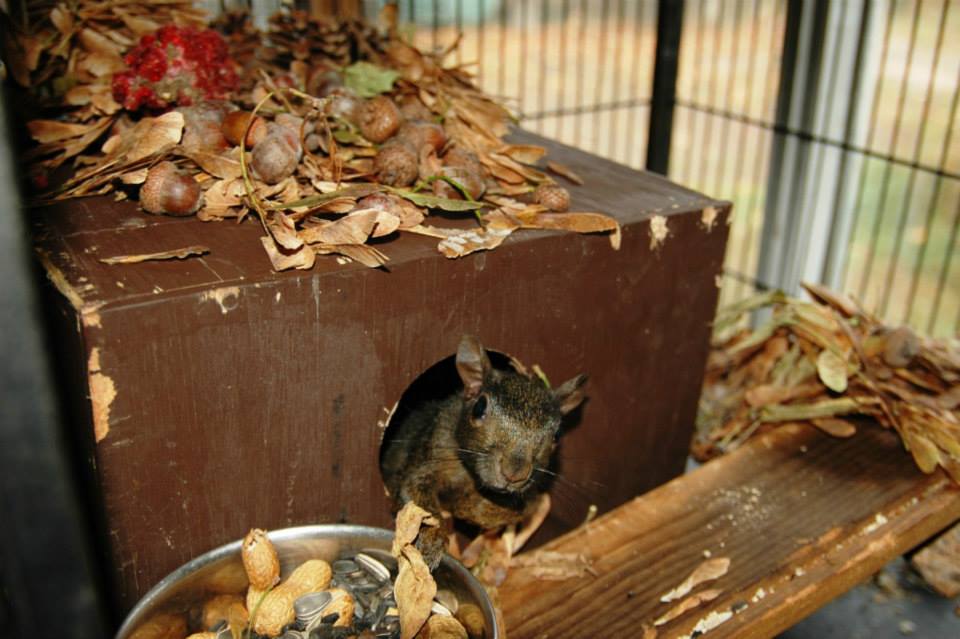This school year, our class is fulfilling some of the Ontario curriculum requirements via community service initiatives. This BLOG post provides an overview of these projects:
- Collecting over 200 lbs. of acorns, pine cones and maple keys, to help feed overwintering baby animals at two local wildlife rehabilitation centres.
- Providing moral support to a charity working to improve the living conditions of captive animals.
- Developing study guides for newspaper articles educating the public about wild animals.
- Providing moral support to an eight year old girl at another school, who is gravely ill.
- Raising funds in support of two local animal welfare organizations.
- Painting bowls to assist a local charity in supporting homeless people.
- Assisting local residents experiencing spring flooding, by filling sand bags at the public works yard.
- Writing persuasive letters encouraging companies to support the Kawartha Turtle Trauma Centre.
----------------------------------------------------------------------------------
1. FOOD DRIVE FOR ORPHANED BABY ANIMALS
Natural foods from the environment provide appropriate nutrition for baby animals. Orphaned baby animals overwintering at wildlife rehabilitation centres also need to be fed what they will eat in the wild, so they know what to look for after they are released.
This was a math, media literacy and oral language project in which students promoted a natural foods drive, for local wildlife rehabilitation centres, via flyers, announcements and public speaking engagements in classrooms throughout the school. Students also engaged in the collection and sorting of food items. The entire school caught a vision for this project, as did several other schools that heard about what we were doing. In the end, we collected over 200 lbs. of natural foods for two local wildlife rehabilitation centres, including not only the acorns, pine cones and maple keys we originally requested, but also cedar seeds, sumac seeds, windfall apples, black walnuts, cracked corn and even some bird houses. This is the shipment was delivered to the wildlife sanctuary in Minden:

At the end of the food drive, the class estimated the number of acorns, pine cones and maple keys they had collected, by applying math concepts, including weight and volume calcuations, multiplication, rounding and estimation. They also graphed the number and weight of items collected. Using food consumption data provided by a wildlife rehabilitator, students calculated how long their food drive items would last, if fed to the 40 baby squirrels overwintering at two local wildlife rehabilitation centres.
Here are the BLOG posts about this project:
2. SUPPORT FOR CAPTIVE ANIMALS AND THEIR ADVOCATES
This project grew out of a math lesson in which Grade 4 students were asked to compare the weights of a number of large animals. A discussion of the Nelson Math worksheet accompanying the lesson grew into a discussion of the impending transfer of the Toronto Zoo elephants to a sanctuary in California. From there, the project became a written language project, with students creating cards and letters demonstrating their support for the elephants and for the people organizing move, and an art project in which students worked collaboratively to create an "elephant-sized" mural for the classroom.

After the successful elephant transfer, students chose to apply an elephant retirement party theme to a class party they had earned via good behaviour. After the party, their beautiful elephant retirement mural was mailed to the Canadian charity that advocated for and organized the elephant move. As further follow-up, we are hoping to Skype with a representative of this organization, so students can ask the questions they have about the elephants and the logistics of their cross-country transfer.
Here is the BLOG post about this project:
3. CREATING STUDY GUIDES FOR MEDIA ARTICLES
Students engaged in a reading comprehension/science project, brainstorming follow-up questions and discussion and debate topics to accompany short, educational newspaper articles, written by staff and volunteers at a local wildlife sanctuary. The class' ideas will be compiled and edited by two teachers and then uploaded to the sanctuary's website, as part of their free educational offerings for teachers.
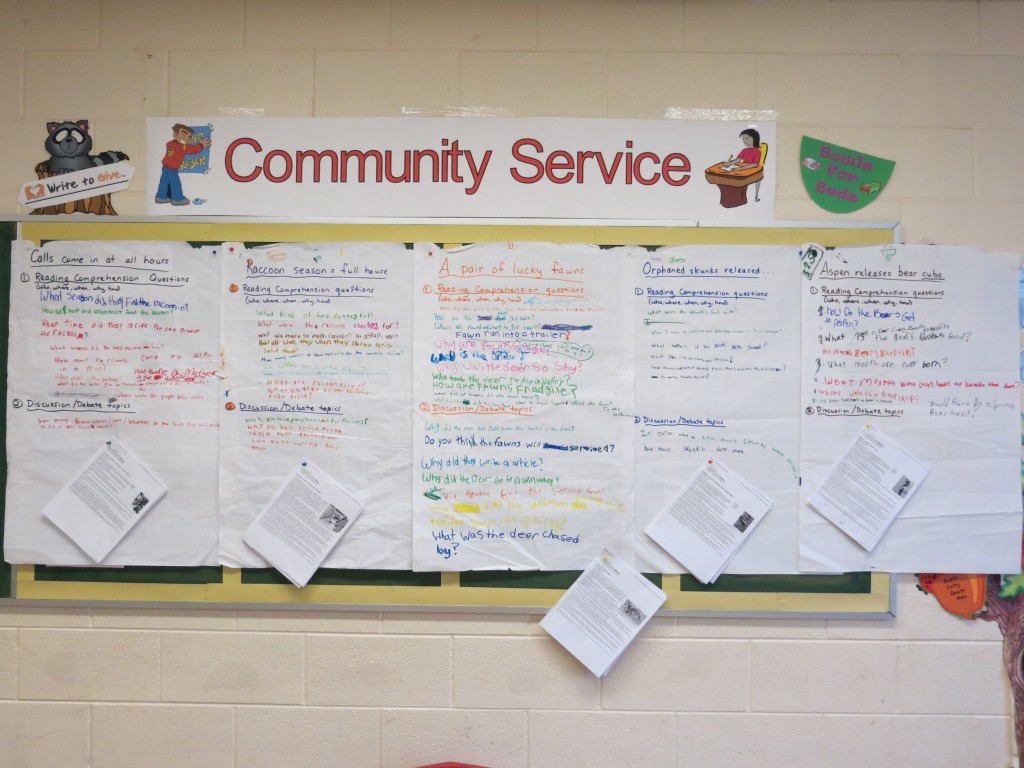
Here is the first BLOG post about this project:
4. SUPPORTING AN ILL STUDENT AT VICTORIA HARBOUR P.S.
Our class responded to an appeal to send Christmas ornaments to an eight year old student at Victoria Harbour P.S. who has an inoperable brain tumour. We made beautiful snowflake ornaments for Rebeccah using pop bottle bottoms, glitter glue and shiny elastic. We hope our ornaments will brighten Rebeccah's day and show her how much others care.
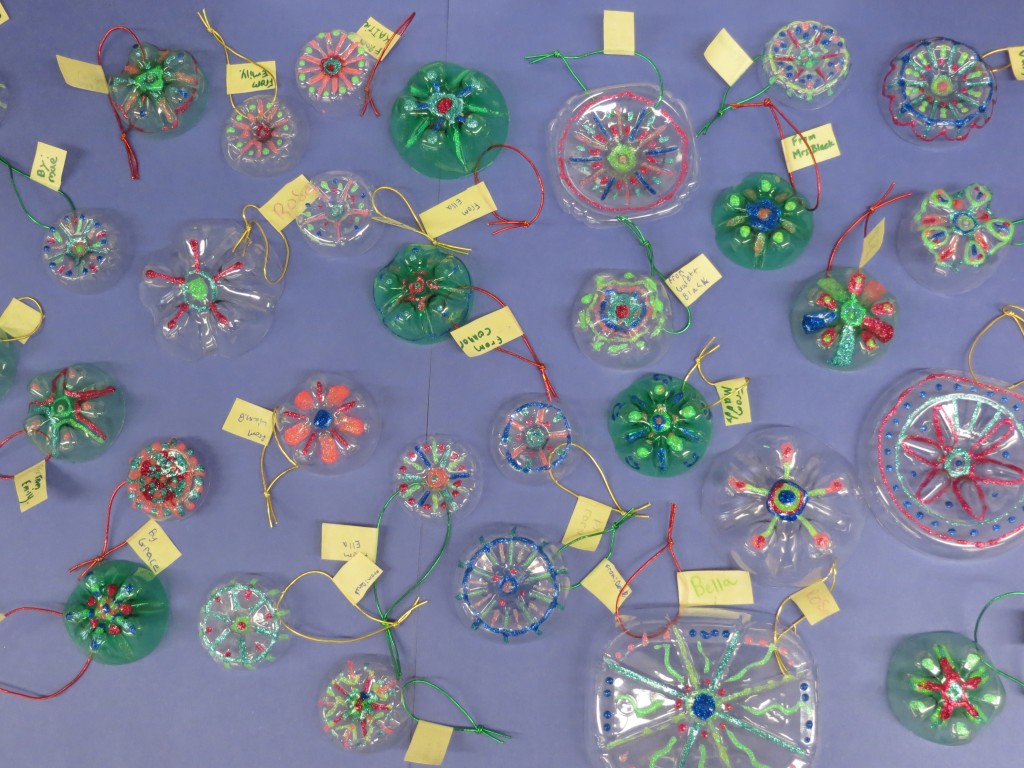
Here is the BLOG post about this project:
5. WACKY DRESS UP DAY, FOR LOCAL ANIMAL WELFARE ORGANIZATIONS
On Friday, March 28th our class hosted a "Wacky Dress Up Day" in support of The Orillia SPCA and Aspen Valley Wildlife Sanctuary. For a small donation, students in Kindergarten through Grade 8 were allowed to come to school for a day with wacky clothing and hair.

For more information about how much we raised and how our donations were allocated, see this BLOG post:
6. DECORATING "BOWLS FOR BEDS," TO SUPPORT THE HOMELESS
On Tuesday, April 1st, the Grade 5 students in our class and the Grade 5/6 students in Mr. Fitzgerald's class painted soup bowls to be used at Couchiching Jubilee House's upcoming soup-tasting fund raiser, in support of their transition house for homeless women and children.
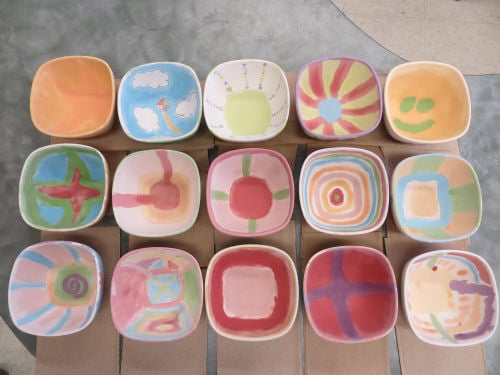
This BLOG post showcases the students and their work:
7. BAGGING SAND TO HELP LOCAL RESIDENTS COMBAT FLOODING
Toward the end of April, Grade 5-8 students at our school walked to the public works yard, two doors from the school, and filled about 1,500 sand bag that local residents used to protect their homes from unusually bad spring flooding.
 Our school is high and dry, but this home is just a kilometer south of the school
Our school is high and dry, but this home is just a kilometer south of the school
The BLOG post shows the students in our class at work:
8. PERSUASIVE LETTER WRITING TO SUPPORT A LOCAL TURTLE HOSPITAL
This year we are writing persuasive letters to companies, encouraging them to support the Kawartha Turtle Trauma Centre. The center, which is located in Peterborough, is currently the only rehabilitation center for turtles in Ontario. Each year, they treat over 1,000 injured turtles.
 http://www.kawarthaturtle.org
http://www.kawarthaturtle.org
These BLOG posts describe our letter writing process and show the finished products:
----------------------------------------------------------------------------------
Watch this BLOG for further updates on our exciting new community service projects in the 2013-14 school year!
Thank you for visiting our class BLOG. If you have any questions or comments, feel free to e-mail me (Margaret Black): mblack@scdsb.on.ca or to add a comment to this page.
 http://saveconcordwest.files.wordpress.com/2010/11/ontario_turtles.jpg
http://saveconcordwest.files.wordpress.com/2010/11/ontario_turtles.jpg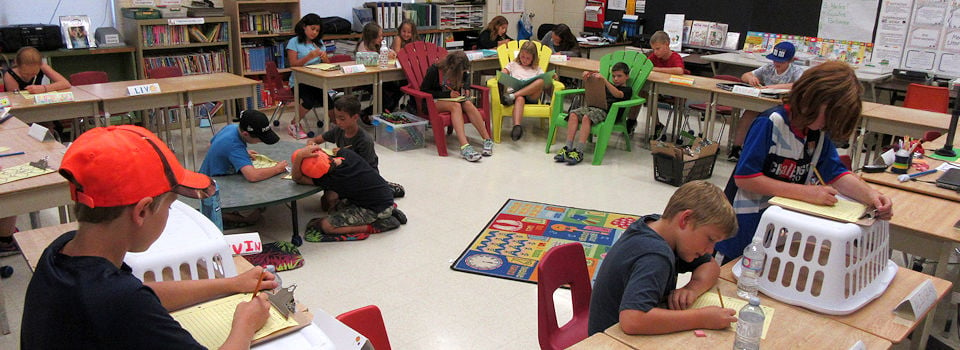

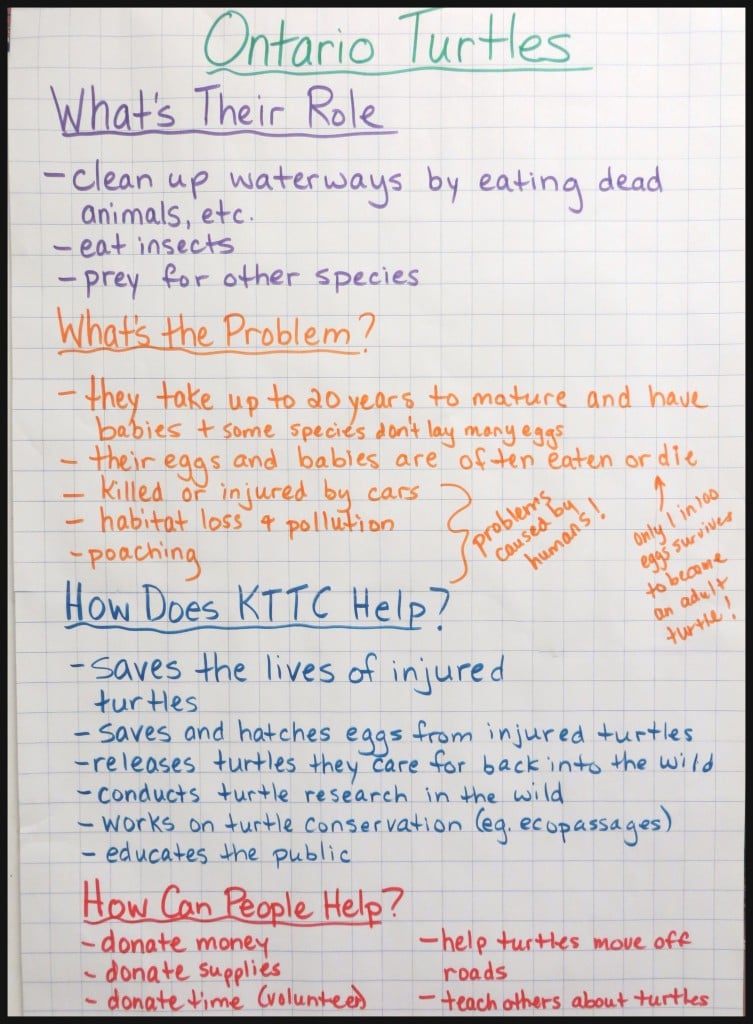















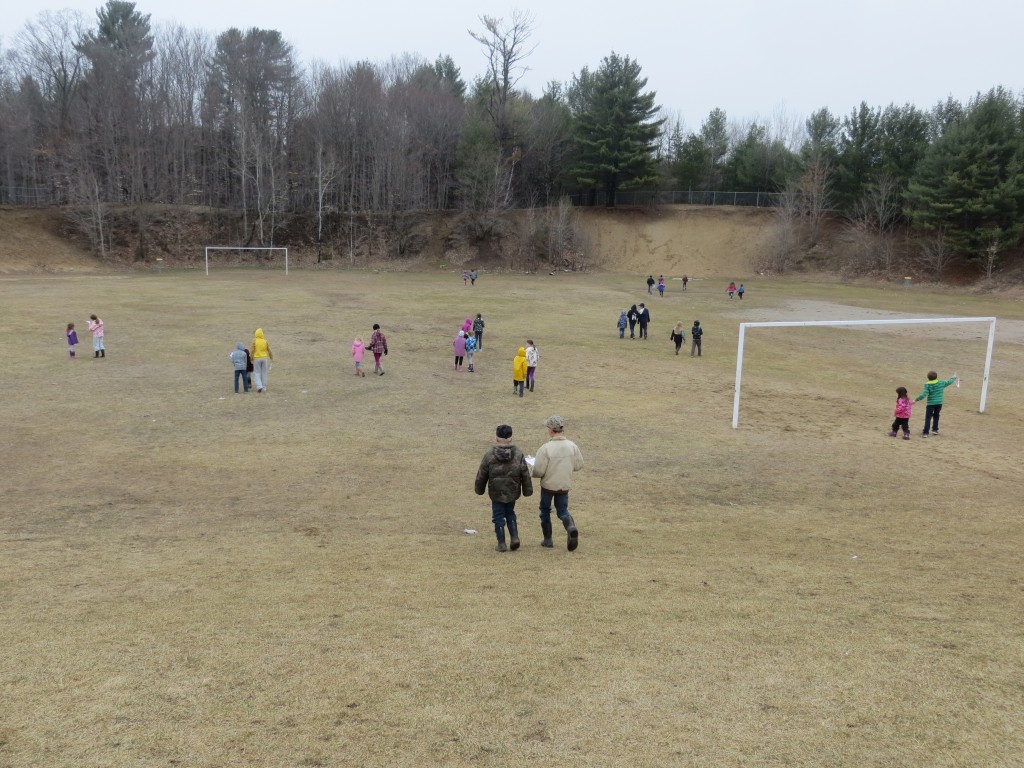

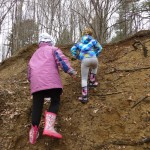














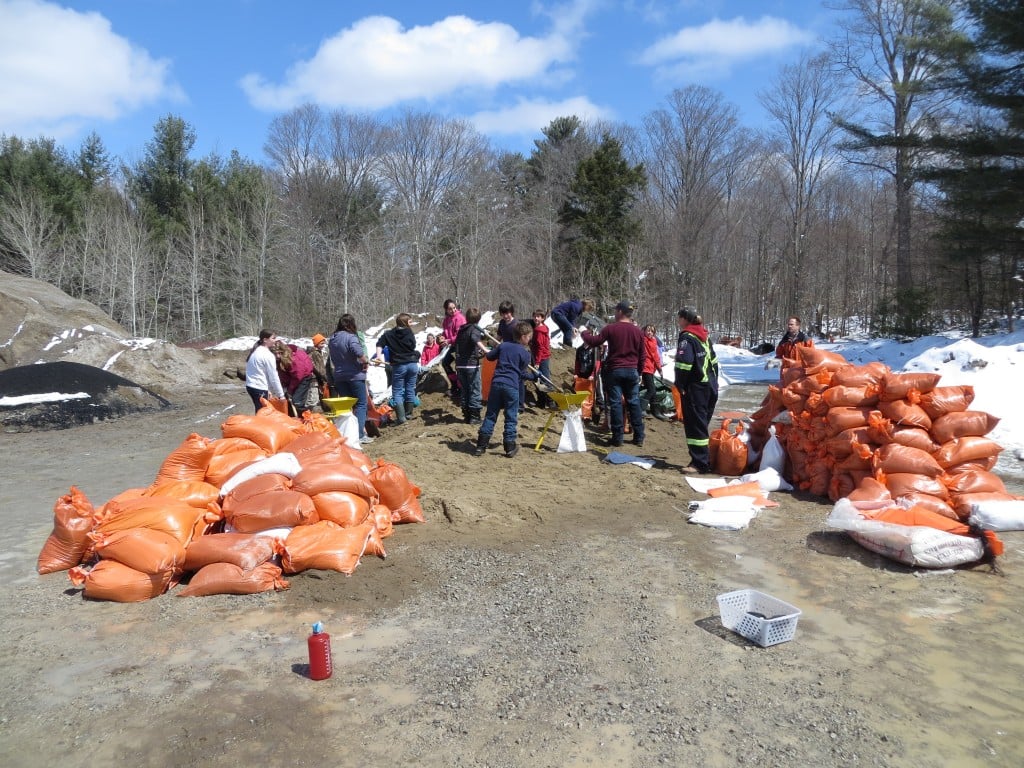












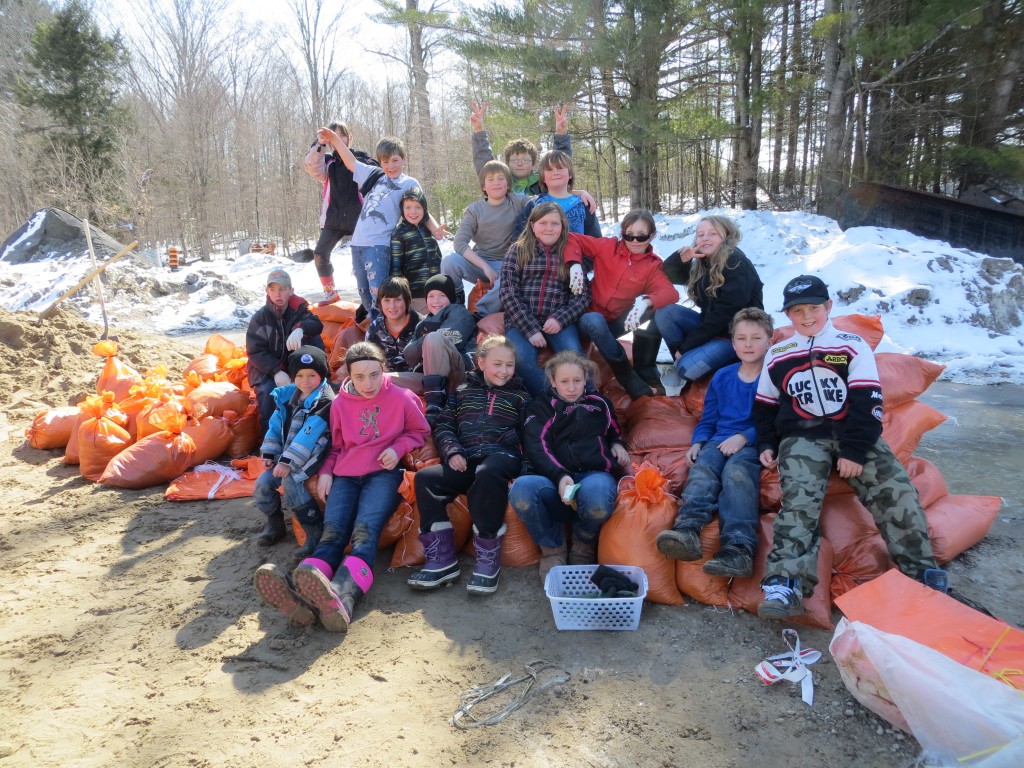

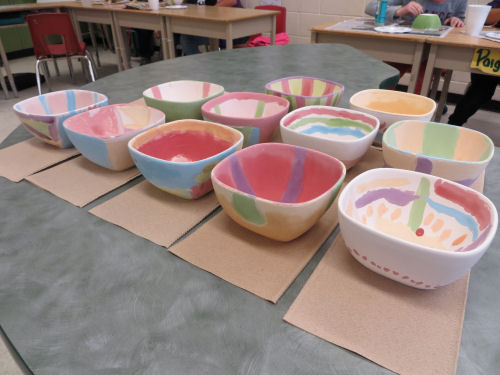

















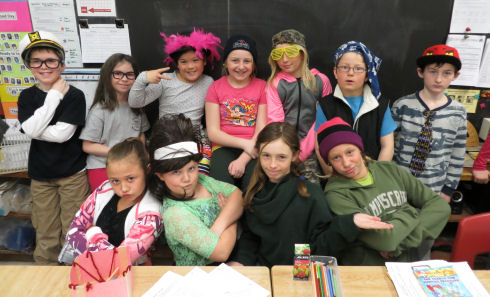
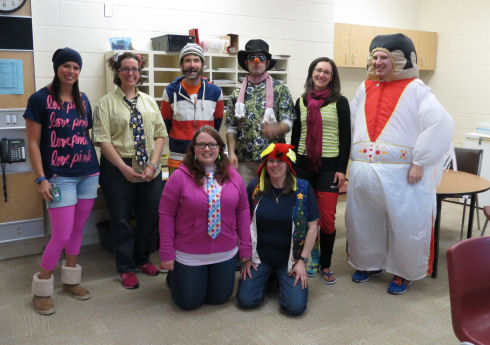
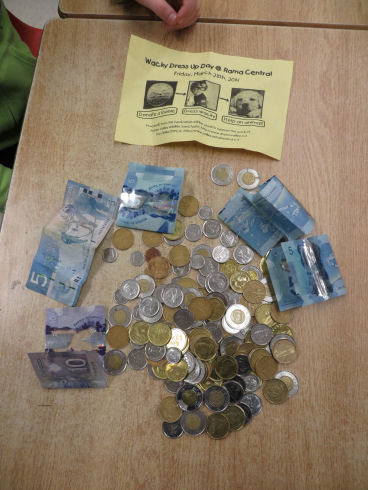
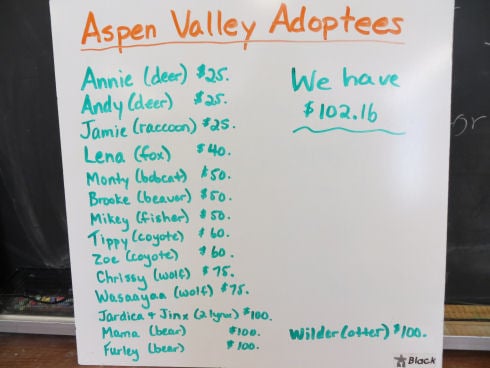

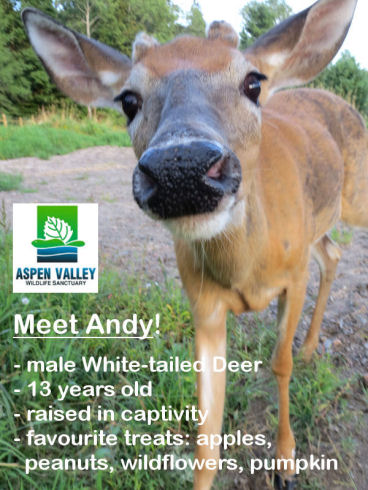
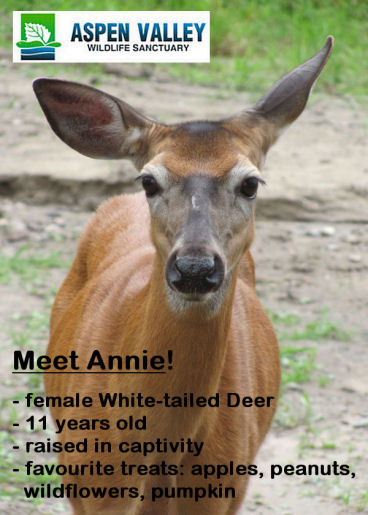

















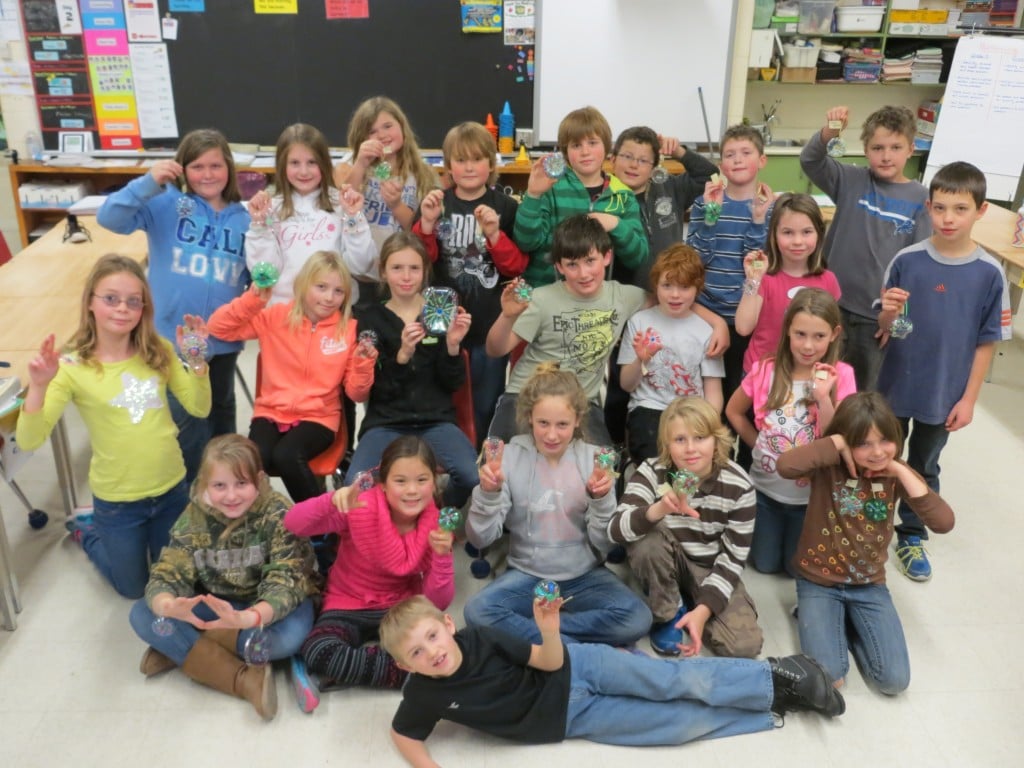
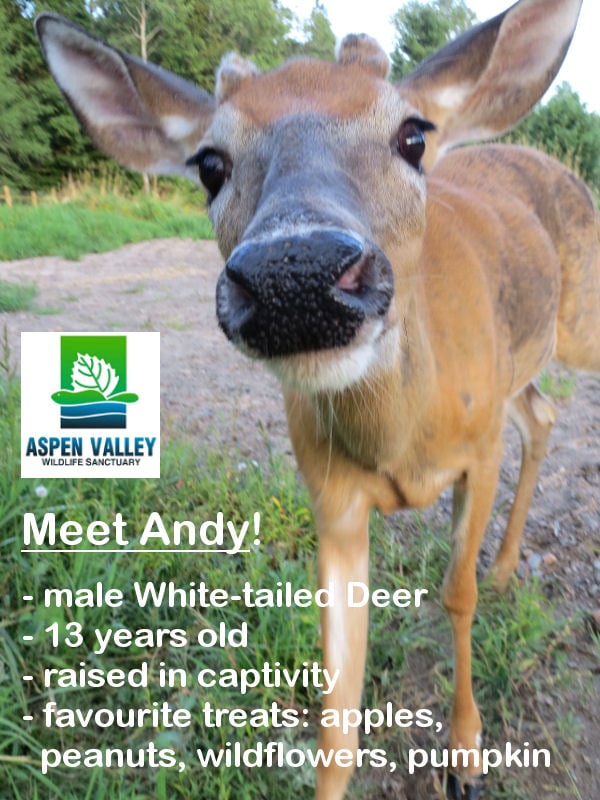
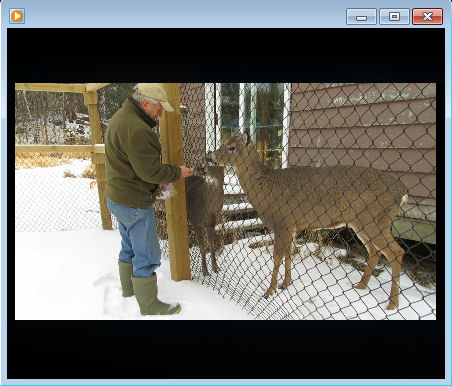
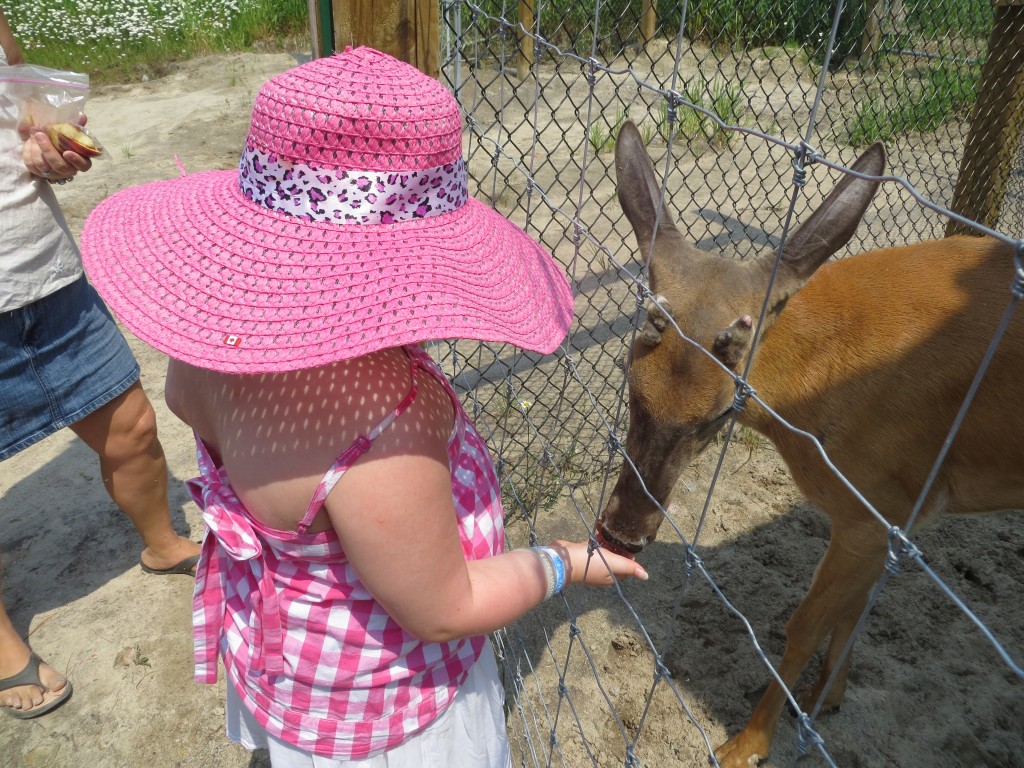

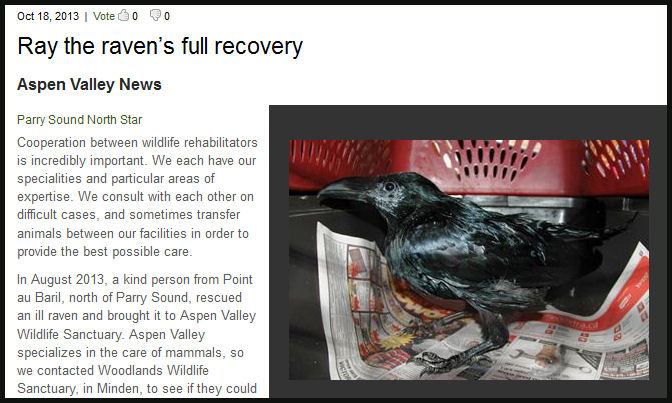 http://www.cottagecountrynow.ca/opinion-story/4163625-ray-the-raven-s-full-recovery/
http://www.cottagecountrynow.ca/opinion-story/4163625-ray-the-raven-s-full-recovery/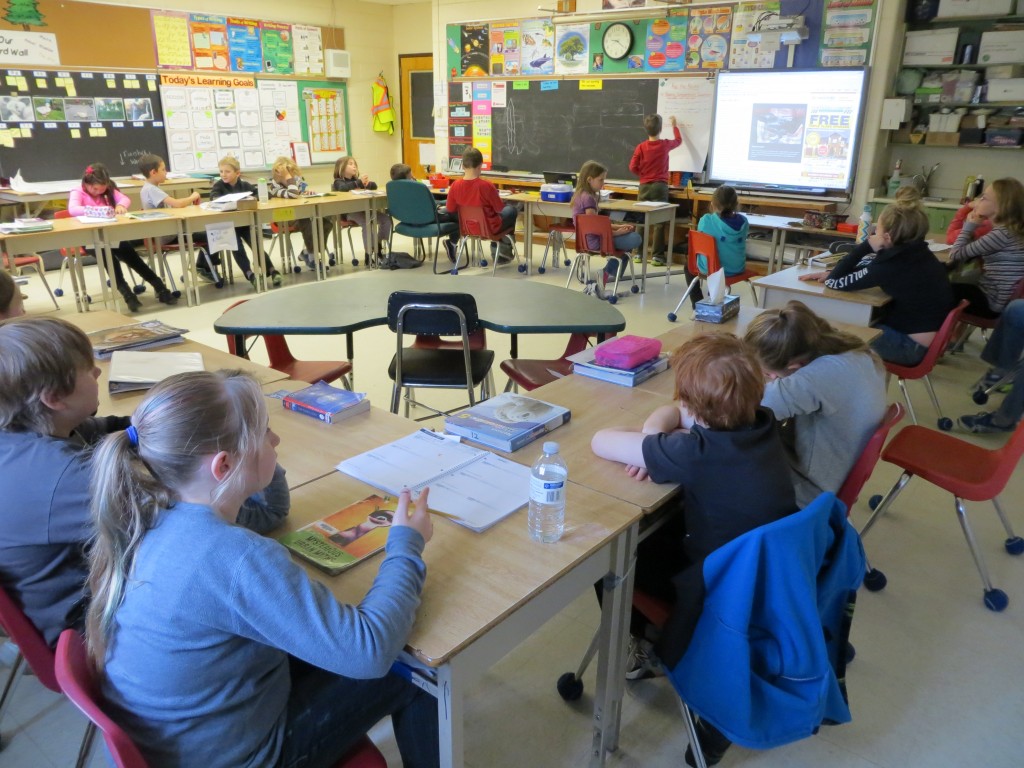


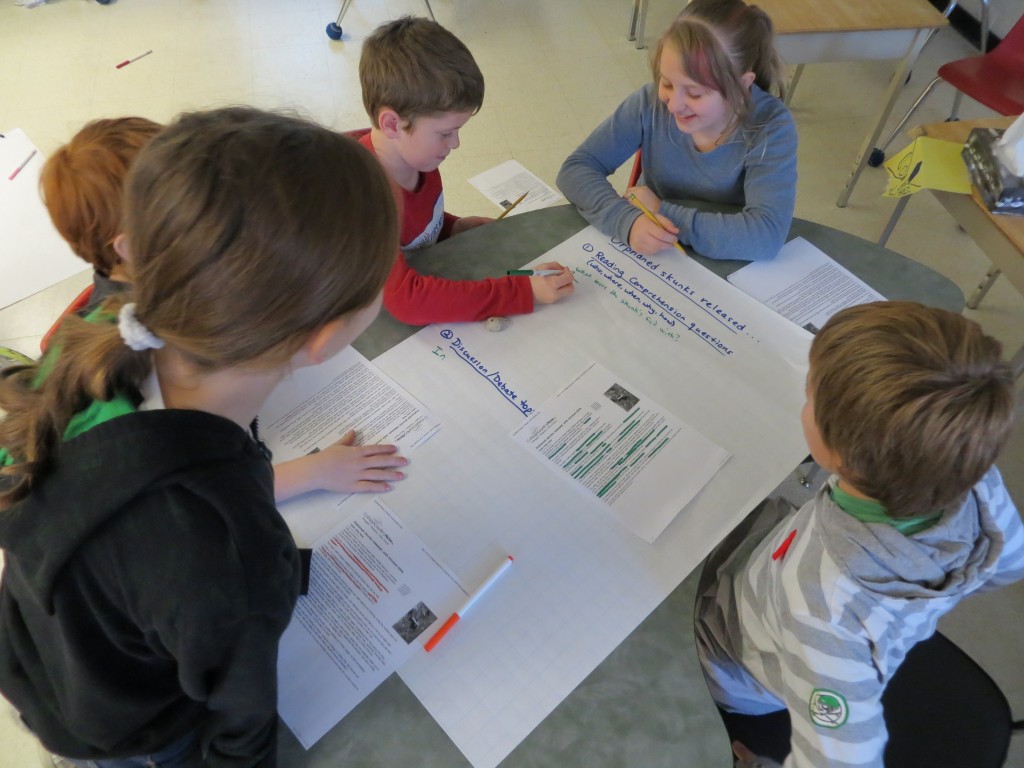

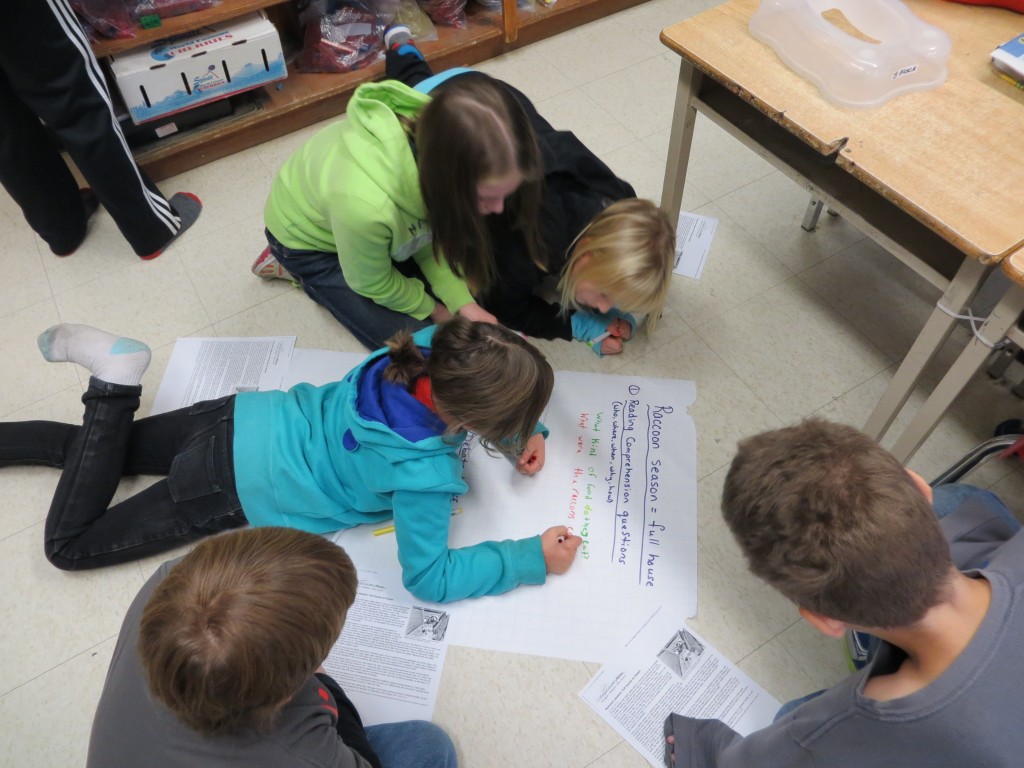

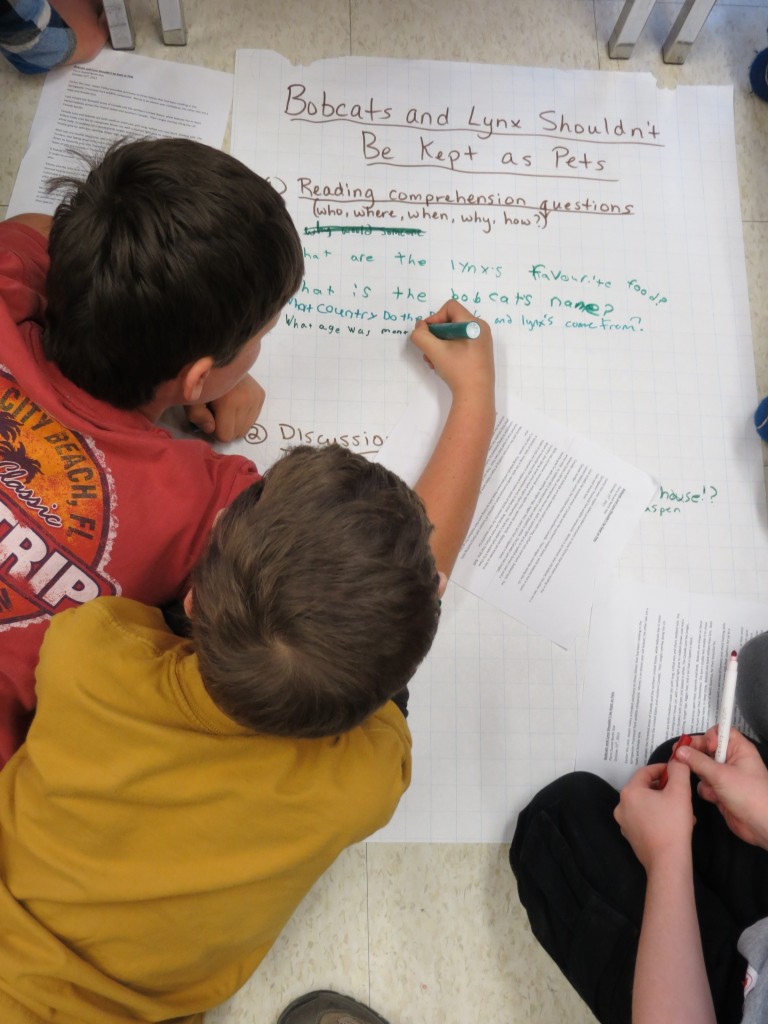

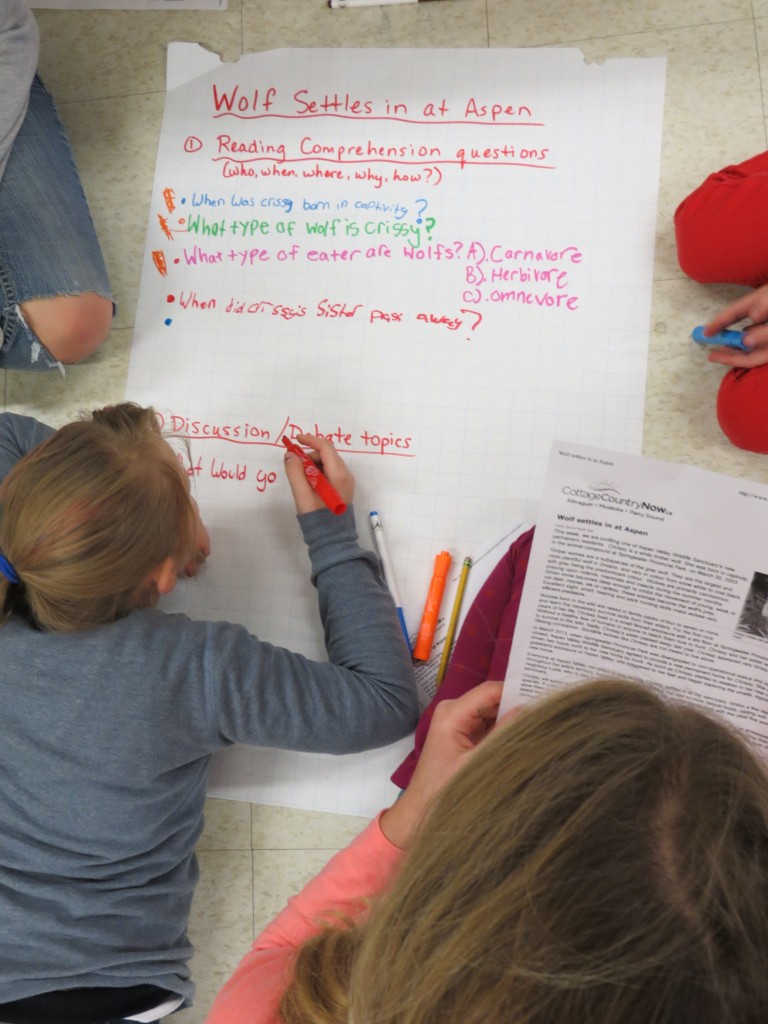


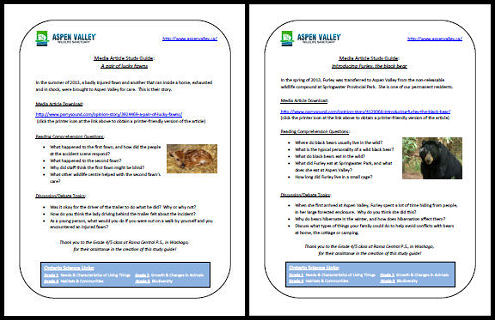



 Our school is high and dry, but this home is just a kilometer south of the school
Our school is high and dry, but this home is just a kilometer south of the school
